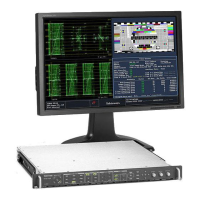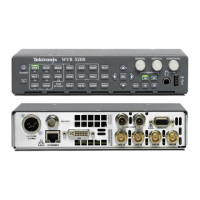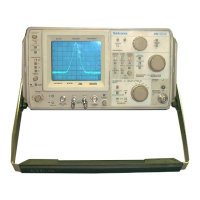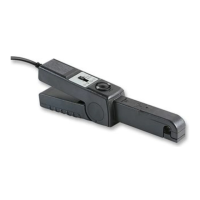Checking Gamut
Checking Gamu
t
Signals that are l egal and valid in one signal representation may not be legal in another representation. Specifically, signals
which are legal in the D igital YCbCr representation may not be legal if transcoded to RGB or encoded to NTSC / PAL.
Any signal that fails this test is considered out of gamut.
Your instrument supports multiple displays and alarms to detect out of gamut signals. The flexible, tiled dis play allows you
to simultaneously view several gamut measurements to learn which is most appropriate for a given application. The
displays are and their uses follow:
Diamond for checking that SDI signals conform to legal RGB gamut space
Split Diamond separates the upper and lower diamonds to show excursions below black; otherwise it is identical to
the Diamond display
Arrowhead for checking if an SDI signal is legal for composite color space
Composite Waveform modes for checking both SDI and composite signals for legality in composite color space
Diamond, Split Diamond, and Arrowhead have adjustable thresholds. If the signal goes outside the area defined by the
thresholds, the signal is out of gamut. If these limits are exceeded, then the instrument can generate alarms if configured to
do so. For composite waveforms, the legal limit is simply the maximum level allowe d for the combination of luma and chroma.
This limit depends on the application. For example, a video tape machine may be able to record and play out signals with
higher luma and chroma components than a transmitter.
Waveform Rasterizers Quick Start User Manual 45

